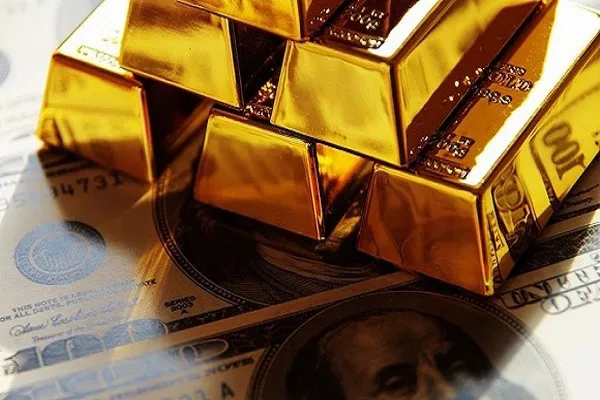Gold has long held economic value thanks to several unique qualities. It is chemically inert, meaning it doesn’t decay or irritate the skin when worn as jewelry. Its softness allows it to be fashioned into small units suitable for trade. But above all, gold’s rarity has made it a prized investment throughout human history.
The World Gold Council estimates that around 216,265 tonnes of gold have been mined across all of human existence. If compressed into a single cube, this amount would measure roughly 22 meters on each side. Although more gold exists underground, its supply is finite—or is it?
In a groundbreaking experiment at CERN’s Large Hadron Collider (LHC), scientists operating the ALICE (A Large Ion Converter Experiment) have succeeded in converting lead atoms into gold. While only 29 picograms were produced—trillions of times less than needed for even a small piece of jewelry—the result is a scientific milestone echoing the ancient dream of alchemists.
However, the gold produced existed only for nanoseconds before breaking down into subatomic particles. The process is currently far from practical or economically viable. Hakan Kaya, senior portfolio manager at Neuberger Berman, told MoneyWeek, “At the current stage, it’s very economically unappealing, and not scalable. But history shows that many uneconomical commodities have become viable over time.”
What would scaling this technology mean for gold prices? The LHC cost $4.75 billion to build and runs experiments at around $5.5 billion annually, producing less than a trillionth of a gold ring’s worth. Thus, the breakthrough is unlikely to disrupt gold’s investment appeal anytime soon.
If, hypothetically, converting lead into gold became scalable, Kaya suggests this could increase gold’s abundance and reduce its scarcity value, potentially lowering prices. He draws a parallel with diamonds: artificial diamonds have dented prices but never erased the premium on natural ones. Since the ALICE-produced gold is an isotope—chemically different from natural gold—it could command a lower value, preserving demand for authentic gold.
Kaya also speculates that genuine gold might become a collector’s item, much like the Mona Lisa painting retains value despite countless reproductions. Real gold bullion or collectible coins could become prized relics from a bygone era, potentially increasing their worth.
Although massive technological advances are required before any of this becomes reality, there is interest in investing in this research. For now, more practical approaches to increasing gold supply—such as mining gold from asteroids—may be closer and more economical options.


